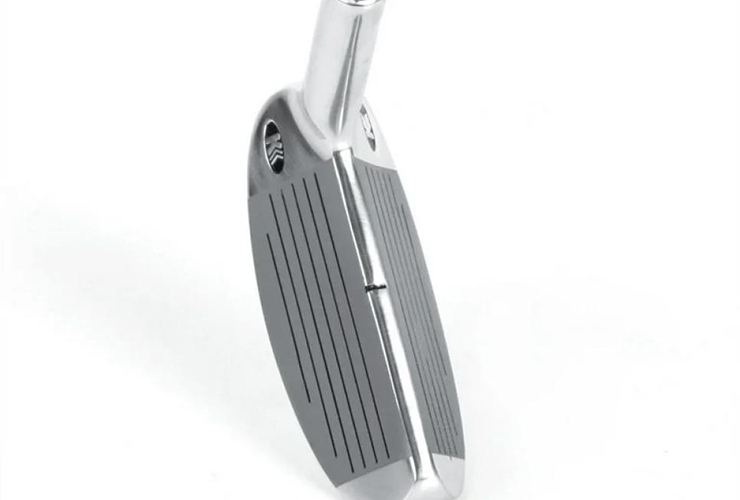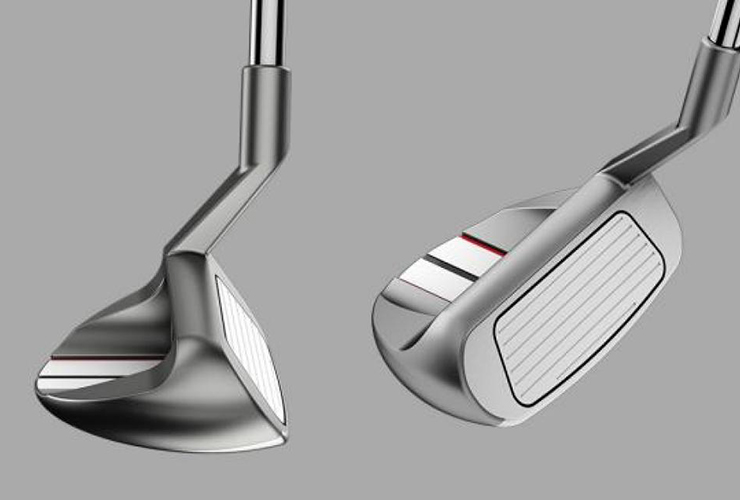While it might look funny (a putter with the loft of an 8-iron), there’s no question that a “chipper” is an effective golf club. You might laugh when you see one pulled from a bag, but those giggles will quickly turn to frowns when you see your opponent cozy a ball up to a hole with one of these hybrid short-game clubs. Golfers with the chipping yips or just poor mechanics suddenly have a formidable piece of equipment around the greens.
They are so useful, you might wonder if they’re legal. Rule Rule 4.3a in the Rules of Golf states that “a player must not create a potential advantage by using equipment (other than a club or a ball) that artificially eliminates or reduces the need for a skill or judgment that is essential to the challenge of the game.”
Wouldn’t a chipper reduce the need for skill around the greens? Wait, it says clubs and balls are exempt. So where does it stand? Well, yes, chippers do help poorer player, but the one you see above (made by Odyssey) complies with equipment rules and can be used in competition. Where you might get confused is that it’s against the rules to use a “two-way” chipper. They look like this:

The problem with this club is that it’s designed to strike a ball with either side of the club. The Equipment Rules have this to say in the “Interpretations” section about chippers:
Confusion often exists as to which Equipment Rules apply to “chippers”. A “chipper” is an iron club designed primarily for use off the putting green, generally with a loft greater than ten degrees. As most players adopt a “putting stroke” when using a chipper, there can be a tendency to design the club as if it was a putter. To eliminate confusion, the Equipment Rules which apply to chippers include: 1) The shaft must be attached to the clubhead at the heel; 2) the grip must be circular in cross-section and only one grip is permitted; 3) the clubhead must be generally plain in shape and have only one striking face; 4) the face of the club must conform to the specifications with respect to hardness, surface roughness, material, markings in the impact area and dynamic properties; 5) and the length of the club must follow the guidelines for chippers.
That’s a big paragraph to digest, but the message is, many chippers are perfectly legal. If you see one with two clubfaces or it’s exceptionally long (longer than say, a typical 8-iron) or has a rectangular putting grip, call the golf police. You might be playing against someone with an illegal club!









